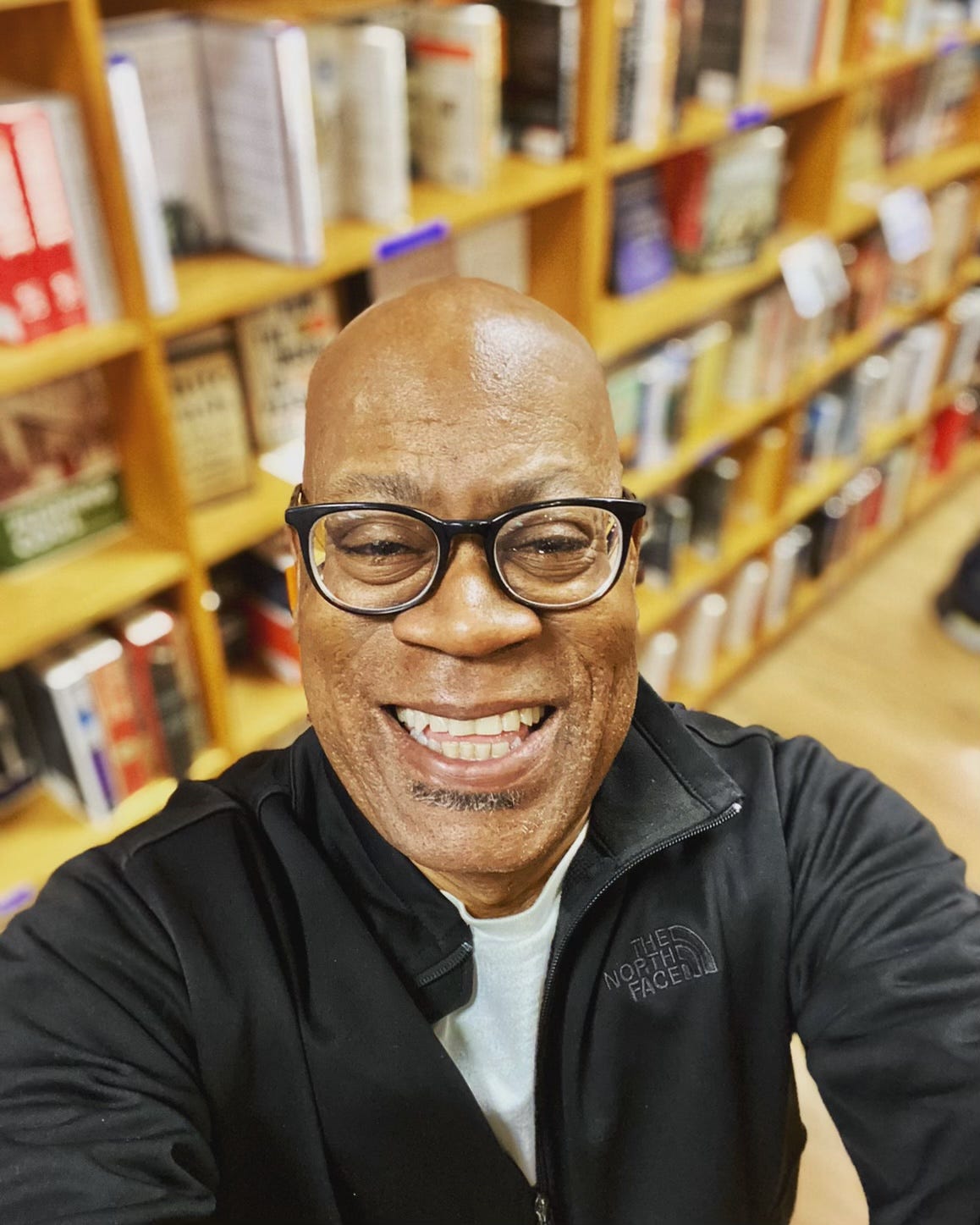Unsplash Photo Credit Dragos Gontariu
In her book “How Creativity Rules the World: The Art and Business of Turning Your Ideas Into Gold,” art advisor, curator and consultant Maria Brito asserts that…
…..“we live in a time of constant change and uncertainty. The ability to react is necessary to finding solutions that fulfill the demands of the marketplace.”
It’s here where Brito introduces improvisation which she defines as “the practice of suddenly composing or inventing something new through a responsive departure from preformed plans or expectations.”
Improvisation in the business world, she says, “is about reacting creatively to possibilities not previously envisioned.”
As our world gyrates with complexities and challenges, the interplay between creativity, improvisation, and the environment takes center stage as a captivating and dynamic realm of exploration. This intricate dance reveals a profound connection between human ingenuity and the natural world, showcasing the potential for innovation, adaptability, and sustainable living.
Creativity, often hailed as the cornerstone of human expression, finds a unique canvas in the environment. The very act of creating, whether it's a work of art, a piece of music, or a groundbreaking technology, draws inspiration from the beauty, rhythms, and mysteries of the natural world.
The intricate patterns of a leaf, the mesmerizing stunning hues of a sunset, or the symphony of sounds in a forest – all have the power to spark new ideas and ignite the creative spark within individuals.
And then there’s improvisation, the art of spontaneous and unscripted expression. Just as jazz musicians riff off each other's melodies, nature's elements constantly interact, respond, and adapt.
This synergetic exchange brings to light the seamless improvisational nature of the environment, where ecosystems respond to changes, species evolve, and weather patterns shift. In the same way, human beings, when attuned to their surroundings, can harness improvisation to address environmental challenges in novel and inventive ways.
The nexus between creativity, improvisation, and the environment also births the concept of sustainable innovation. As society grapples with pressing ecological concerns, creative thinkers have the opportunity to merge artistic ingenuity with pragmatic problem-solving. From upcycled fashion to eco-friendly architecture, the fusion of creativity and environmental consciousness results in solutions that respect and preserve the natural world while meeting human needs.
In our quest for sustainable progress, the concept of biomimicry emerges as a testament to the interplay between these elements. By drawing inspiration from nature's time-tested designs, structures, and processes, innovators mirror the improvisational brilliance of the environment.
From building materials inspired by seashells' strength to energy-efficient designs mimicking termite mounds, biomimicry showcases the harmonious collaboration between human creativity and the natural world's ingenious designs.
“Biomimicry is the practice of imitating life and nature. Its purpose is to draw inspiration from nature's rhythmic flow in order to solve the world's most pressing challenges, cultivating a more sustainable future for earth.”
Given our times of constant change and uncertainty, the ability to improvise and react is a necessary practice to finding solutions that fulfill the demands of the marketplace.
As Brito adds from Chapter 13 of her book,
“Improvisation isn’t a substitute for planning, but rather an instrument to be used in situations that catch us off-guard or when our strategies haven’t prepared us for an unforeseen circumstance. The paradox of improvisation is that the more prepared and competent you are, the more creative and unpredictable you can be. The greater your preparation, the easier it is to relinquish control. If you trust that you know enough about your craft or your business to come up with a new gesture, as (Jackson) Pollock did, you can experiment wildly with a method you have used before to see what happens.”
I recently had the opportunity to catch up over lunch with my friend, organizational transformation expert, whole brain strategist and creative designer Leilani Henry at the sushi haven Kona Grill in Denver’s Cherry Creek North area. Between bites of spicy tuna rolls, edamame and other delectables it was exciting to hear how she is reimagining Brain Jewels, her eco-friendly fashion line, through what I affectionately refer to as “lateral thinking.”
Popularized by the physician, psychologist, author, inventor Edward de Bono in 1967, this form of cerebral calisthenics refers to a person's capacity to imagine solutions to problems that simply cannot be arrived at via deductive or logical means. Or, in short, the ability to develop original ideas and solutions to prevailing challenges and questions.
Leilani says she works with either recycled materials or hemp or organic cotton in her fashion creations. Pointing to climate change and the water supply challenges impacting the world, she has become a strong advocate of eco-poly, fabrics that use two-thirds less water when being produced.
She credits her love for nomadic travel adventures as serving as a constant incubation laboratory of ideas adding:
“One of the things I observed in Germany and Austria is their respect and promotion of organic, biodynamic sustainable materials. On the train I was served organic ice cream and cage free eggs and chicken. My cousin has herbs in her front yard. Not that we don’t do that here. But there seemed to be a general ease about all-things organic in the places I visited in Europe.”
She says that this same narrative was true as well about the fashion design world, noting “I did see a lot of organic and cotton clothing sustainable clothing, certainly much more so than what we see here in the U.S.”
Asked to share a few insights on the broader significance of connecting the dots between creativity, improvisation, and the environment, Lelani offered this:
“I recently had a 3-hour video call with this new colleague. And we were just riffing off of every single topic. And then we started talking about the sort of community gatherings we wanted to curate, collectives of like minded people who have an interest in great food and want to dance; who want to come together and have conversations about different topics; who desire to create a marketplace for different artists. It was so easy to have that conversation and to plant those seeds and to realize that this vision of ours could actually happen. It was just an amazing conversation!”
Leilani says that at the end of the day her purpose driven aim is to weave together different aspects of consciousness as it relates to the planet, adding that one reason she loves to travel is that it allows her moments where she can consciously slow down and feel her feet on the earth.
We concluded our conversation on the theme of how books can serve as a catalyst for creativity. Leilani was quick to chime in with this thought:
“Books as is the case with travel can take us in so many different directions. A good read can give you information that you would never have thought of. It can really stimulate your mind particularly in the way that it often tells a story. With books there is typically a beginning, middle, and end, an arc to the story. So you’re on a journey just like travel.”
In conclusion, the intersection of creativity, improvisation, and the environment unveils a captivating synergy that transcends traditional boundaries. As humans engage with their surroundings, harnessing the power of creativity and improvisation, they open doors to innovative solutions, sustainable practices, and a deeper connection to the world around them.
This harmonious dance holds the potential to shape a future where artistic expression and environmental stewardship walk hand in hand, fostering a world where creativity flourishes in harmony with nature's boundless wonders.
An Invitation From Diamond-Michael Scott:
“Great Books, Great Minds” is my full-time work and life passion, a labor of love fueled by the endless hours of work I put into researching and writing these feature pieces. So if you enjoy this digital newsletter, find it valuable, and savor world-class book experiences featuring epic authors and book evangelists, then please consider becoming a paid supporting member at $6.00 a month or $60.00/year.







